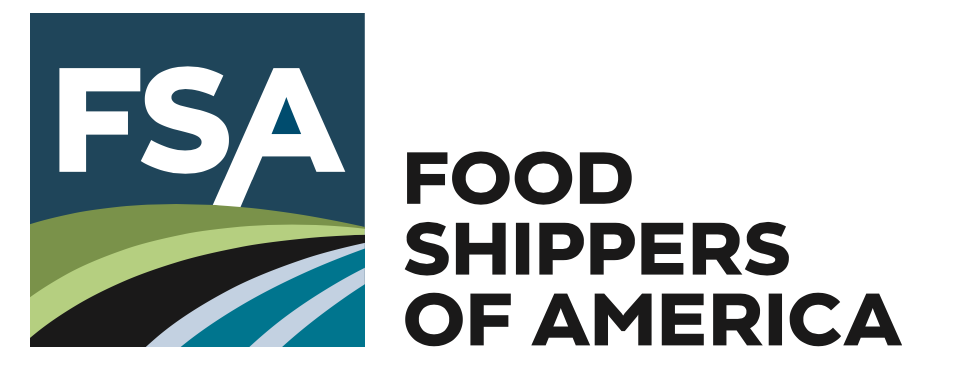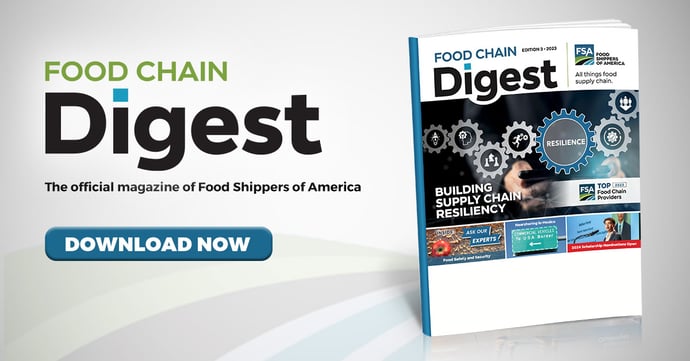Leading Food Shippers Are in Optimization Mode
by Conrad Winter, on Oct 29, 2023 3:36:20 PM
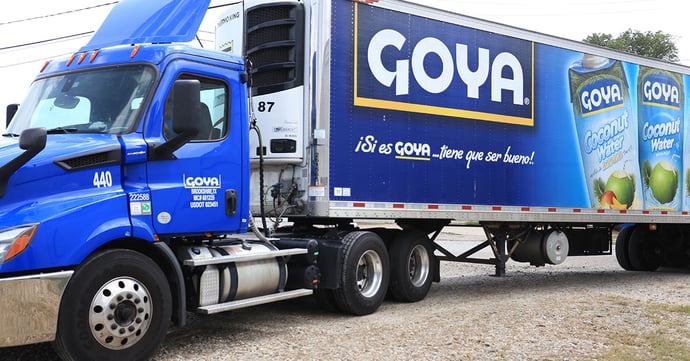
Transportation mode optimization provides new opportunities in the post-pandemic world and leading food shippers are seizing them.
Food shippers are onboard with rail and intermodal. Goya Food’s investment in a rail spur at their Secaucus N.J. facility in 2019, just prior to the pandemic, paid off when over-the-road (OTR) capacity became scarce, and freight rates spiked. Goya is America’s largest Hispanic-owned food company and manufacturers more than 2,500 food products from Spain, the Caribbean, Mexico, Central and South America.
 According to Goya’s Director of Logistics, Richard Rodriguez, the competitive cost, and sustainability benefits of rail make intermodal and box cars shipping a big part of Goya’s future strategy.
According to Goya’s Director of Logistics, Richard Rodriguez, the competitive cost, and sustainability benefits of rail make intermodal and box cars shipping a big part of Goya’s future strategy.
“Our long-term strategy revolves around moving as much freight as possible via rail. Rail transportation is cost effective, it’s sustainable and environmentally responsible,” says Rodriguez.
Goya supplements rail shipping with full truckload (FTL) to balance costs—a move that enables them to optimize for cost and transit time when freight rates fluctuate.
 Intermodal is used by Butterball on certain of its shipping lanes where there are pricing advantages. Butterball, headquartered just outside of Raleigh, N.C., is the largest producer of turkey products in the U.S. and distributes approximately 1 billion pounds of turkey each year. According to Butterball’s Director of Logistics, Dan Bohlman, many of Butterball’s origins don’t have easy access to intermodal hubs. This adds additional cost which can outweigh the price advantages, he says.
Intermodal is used by Butterball on certain of its shipping lanes where there are pricing advantages. Butterball, headquartered just outside of Raleigh, N.C., is the largest producer of turkey products in the U.S. and distributes approximately 1 billion pounds of turkey each year. According to Butterball’s Director of Logistics, Dan Bohlman, many of Butterball’s origins don’t have easy access to intermodal hubs. This adds additional cost which can outweigh the price advantages, he says.
In evaluating intermodal or full box car options Bohlman says they’ll have to see a price advantage as well as a transit time that is comparable to what could be achieved via truckload.
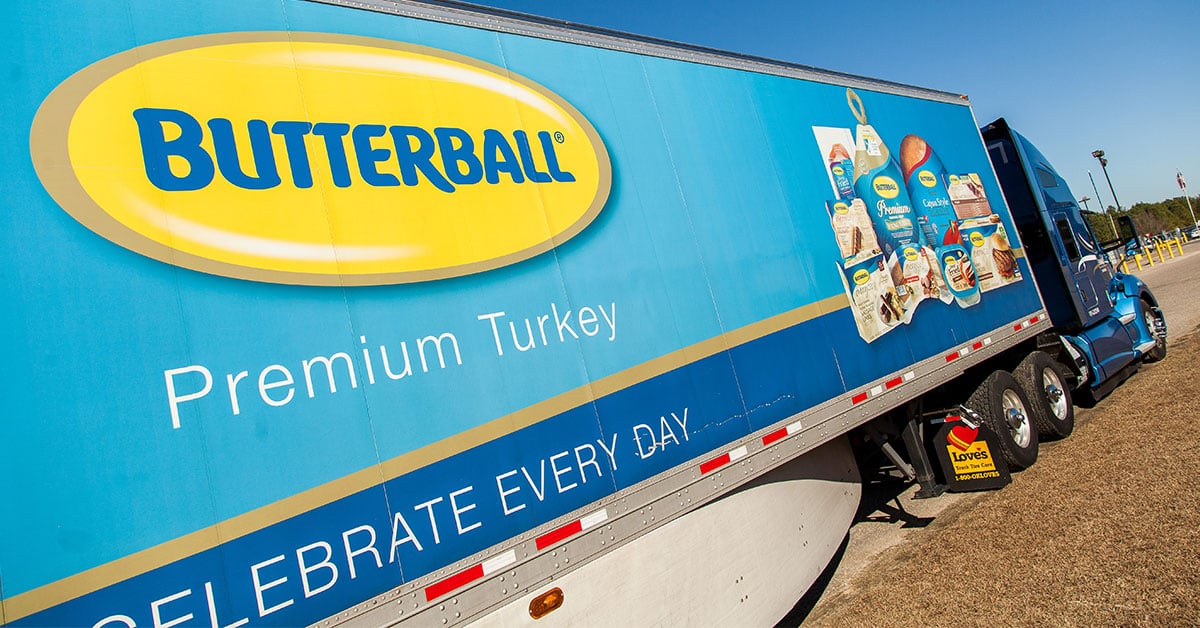
Butterball’s primary transportation mode is temperature-controlled truckload with a sizable portion of this segment that Bohlman more specifically describes as ‘multi-stop truckload’. This cost-lowering strategy leverages Butterball’s transportation management system (TMS) to build full truckloads that maximize trailer space through multiple customer stops.
“The benefit is we’re going directly from our shipping origin to our end customers. It may have two or three stops on that truck, but we’re going direct. We’re not having to go through an LTL (less-than-truckload) terminal or other pool point along the way. So we are getting to the market very efficiently,” Bohlman says.
 Energy drink manufacturer Nutrabolt uses a similar strategy. According to Jon Pruitt, Director of Logistics, North America, Nutrabolt uses LTL consolidation which involves “either internally building multi-stop full truckloads or using a carrier who pools LTL orders from multiple shippers.” A second key strategy Nutrabolt uses is intermodal on Nutrabolt’s high-volume lanes.
Energy drink manufacturer Nutrabolt uses a similar strategy. According to Jon Pruitt, Director of Logistics, North America, Nutrabolt uses LTL consolidation which involves “either internally building multi-stop full truckloads or using a carrier who pools LTL orders from multiple shippers.” A second key strategy Nutrabolt uses is intermodal on Nutrabolt’s high-volume lanes.
“Cost, Service, and the environment all factor in our decisions. While FTL over-the-road typically has the best service, intermodal offers lower fuel costs and a more environmentally-sound choice versus OTR,” Pruitt says.
Technology drives optimal decision-making for Nutrabolt, Goya and Butterball.
Pruitt says, “We rely heavily on our TMS for load planning, and we use analytics solutions to constantly monitor our position to market, as well as monitoring lane-by-lane performance to look for improvement opportunities.”
Goya utilizes load optimization technology to create what-if scenarios and explore and test best mode options far upstream in the load planning process, according to Rodriguez.
 Today, effectively containing costs while delivering a high level of customer service hinges on mode optimization aided by technology, says Jason Ickert, President of Sonwil Transportation, a provider of parcel, LTL, truckload, intermodal, dray and value-added warehouse services to many Global 500 brands.
Today, effectively containing costs while delivering a high level of customer service hinges on mode optimization aided by technology, says Jason Ickert, President of Sonwil Transportation, a provider of parcel, LTL, truckload, intermodal, dray and value-added warehouse services to many Global 500 brands.
“Food shippers will find that transportation service providers who have invested in recent technology and created robust and integrated tech stacks will deliver the most value.
“This includes the integration of technology that is API (application programming interface) compatible and can be translated into an easy-to-use UI (user interface) that provides dispositional information and actionable data. Anything less won’t produce the desired results,” Ickert says.
In addition to Butterball’s transportation management technology, it’s human connection that enables America’s largest turkey distributor to optimize on-time performance every Thanksgiving. A key aspect of their strategy is their network of longtime carrier partners. Many drivers return every year—some for over 20 years—to haul turkeys in an unparalleled all-hands effort Bohlman describes as “our Super Bowl here at Butterball.”
This article was originally featured in Edition 3 of 2023 of Food Chain Digest magazine. Download the digital version for FREE today!
Like this kind of content? Subscribe to our "Food For Thought" eNewsletter!
Now more than ever, professionals consume info on the go. Distributed twice monthly, our "Food For Thought" e-newsletter allows readers to stay informed about timely and relevant industry topics and FSA news whether they're in the office or on the road. Topics range from capacity, rates and supply chain disruption to multimodal transportation strategy, leveraging technology, and talent management and retention. Learn More
